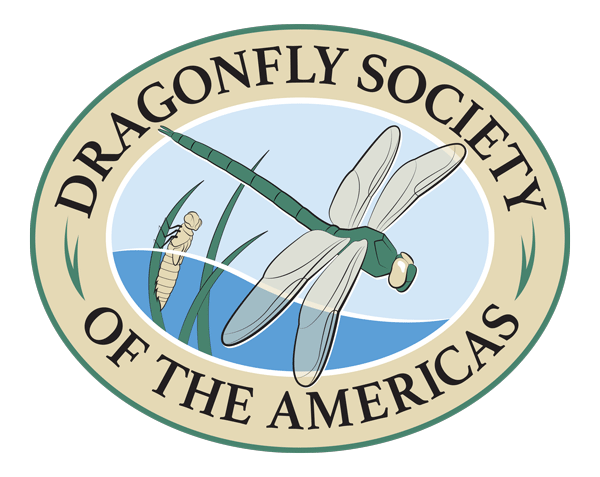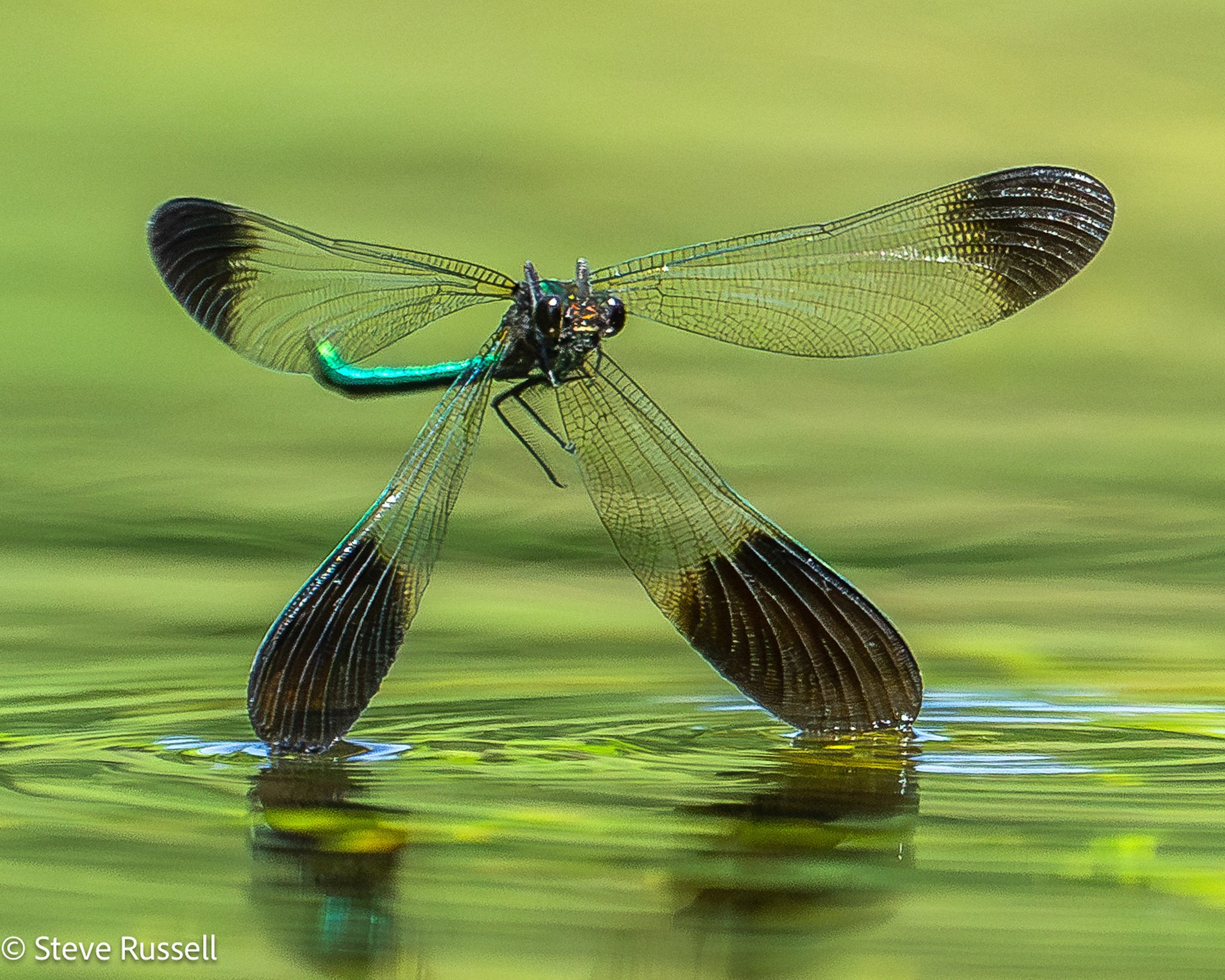December Species of the Month: Ornate helicopter damselfly (Mecistogaster ornata)
The December DSA “Species of the Month'' is the Ornate Helicopter Damselfly (Mecistogaster ornata), a species belonging to the subfamily Pseudostigmatinae (Zygoptera: Coenagrionidae). This subfamily is morphologically characterized by their long abdomen and the absence of pterostigma, or its modification into a false multiple-cell pterostigma. It encompasses some of the largest damselfly species, with an average total length of 87 mm (almost three and a half inches). Its distribution ranges from Mexico, through Central America, and extends across a significant portion of South America, reaching Brazil and Argentina. Read on to enjoy the story of how Colombian biologist Catalina M. Suárez Tovar and master’s degree student Iván Sandoval García encountered this intriguing species.
The Quest for the Helicopter Damselfly
Mecistogaster ornata Rambur, 1842 the lemon-tipped helicopter or ornate helicopter.
“…it is the hesitation that grants it its charm, resolution or distress take away any grace.”
—Byung-Chul Han
It was December 2019 and we were sampling central Mexico’s state of Morelos. In order to study Odonata communities and their changes in an urbanization gradient, we were looking for adult Odonates in rivers and streams of different localities. In each site, we conducted a comprehensive characterization of vegetation, measured various physico-chemical properties of the water, and reported on characteristics of the urban environment. Subsequently, we documented the species of dragonflies and damselflies, along with the abundance of each species.
One of the places visited is located in Temixco (Morelos). Near a highway with a large traffic flow, we found a site with shrubs, trees, and herbaceous vegetation. The river was quite deteriorated due to garbage and waste discharge from nearby homes. There were even pieces of cloth on the trunks of the trees, several meters high, which during the rainy season were carried away by the current. Despite the contamination present in this site, during our sampling we were able to observe many individuals of the genera Hetaerina, Argia, Archilestes, Apanisagrion and Macrothemis. They took advantage of the remnants of aquatic and herbaceous vegetation, as well as some rocks, to perch and take in the sun rays that the tallest trees allowed to pass through.






























































